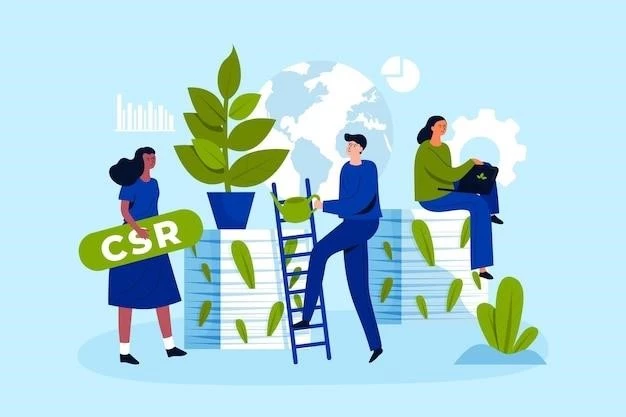Building a Sustainable Future: Integrating Education and Green Jobs
In the face of escalating climate change and environmental degradation, the demand for skilled professionals in green sectors is surging․ These green jobs play a pivotal role in transitioning to a sustainable future, mitigating climate impacts, and fostering environmental stewardship․ However, bridging the gap between the burgeoning green job market and the workforce requires a fundamental shift in educational practices and a robust integration of green skills into the curriculum․ This article delves into the crucial role of education in nurturing a green workforce, exploring the multifaceted approach required to equip individuals with the knowledge, skills, and competencies necessary for a sustainable future․

The Imperative of Green Jobs
Green jobs encompass a wide range of occupations that contribute to environmental sustainability․ From renewable energy technicians and environmental engineers to sustainable agriculture specialists and waste management professionals, these roles are essential for addressing climate change, conserving resources, and protecting ecosystems․ The global green job market is experiencing rapid growth, driven by governmental policies promoting renewable energy, sustainable infrastructure, and eco-friendly practices․
The International Labour Organization (ILO) estimates that over 24 million green jobs existed globally in 2020, with projections indicating a significant increase in demand in the coming years․ This growth is fueled by factors such as:
- The increasing adoption of renewable energy sources
- The transition to a circular economy
- The growing focus on sustainable agriculture and forestry
- The development of green infrastructure and urban planning initiatives
Bridging the Skills Gap
Despite the burgeoning demand for green professionals, a significant skills gap persists․ Many individuals lack the necessary education and training to qualify for these roles․ This gap arises from a lack of awareness about green jobs, limited access to green skills development programs, and a disconnect between traditional educational pathways and the evolving needs of the green economy․
To address this challenge, a comprehensive approach is required, encompassing:
- Curriculum Integration: Incorporating green concepts and skills into existing educational programs across disciplines, from science, technology, engineering, and mathematics (STEM) to business, social sciences, and humanities․ This integration can involve introducing courses on renewable energy, climate change mitigation, sustainable development, and environmental policy․
- Green Skills Development: Establishing specialized training programs and apprenticeships to equip individuals with the practical skills needed for green jobs․ These programs can focus on areas such as solar panel installation, wind turbine maintenance, sustainable agriculture practices, and waste management․
- Lifelong Learning: Providing opportunities for continuous learning and skill upgrading to adapt to the evolving green job market․ This can involve online courses, workshops, and certification programs that cater to the specific needs of different sectors and professions․
- Early Career Exposure: Engaging youth and young adults in environmental education and green career pathways․ This can include mentorship programs, internships, and volunteer opportunities that expose them to green jobs and inspire their interest in sustainability․

The Role of Educational Institutions
Educational institutions play a critical role in cultivating a sustainable workforce․ They can foster a culture of environmental awareness and sustainability by:
- Integrating Sustainability into Curricula: Across all disciplines, incorporating sustainability principles, concepts, and practices into curriculum design․ This includes fostering critical thinking about environmental challenges and solutions, promoting ethical decision-making, and encouraging interdisciplinary collaboration․
- Developing Green Skills Programs: Offering specialized training programs, apprenticeships, and certificates in green sectors, such as renewable energy, sustainable agriculture, environmental engineering, and green building․ These programs should align with industry needs and equip students with the practical skills required for successful employment․
- Partnering with Industry: Establishing partnerships with green businesses, organizations, and research institutions to provide students with real-world experience through internships, mentorship programs, and collaborative research projects․ These partnerships bridge the gap between academia and industry, ensuring that education remains relevant and responsive to the demands of the green economy․
Building a Sustainable Future
Integrating education and green jobs is not merely a matter of economic growth; it is a fundamental step towards building a sustainable future․ By equipping individuals with the knowledge, skills, and competencies needed for green careers, we can foster a workforce that actively contributes to environmental protection, resource conservation, and climate change mitigation․ This approach empowers individuals to become agents of change, driving innovation, entrepreneurship, and a transition to a greener and more resilient future․
The success of this integration depends on collaborative efforts involving governments, educational institutions, businesses, and communities․ By working together, we can bridge the skills gap, create a thriving green job market, and pave the way for a sustainable future where economic prosperity and environmental well-being are inextricably intertwined․










